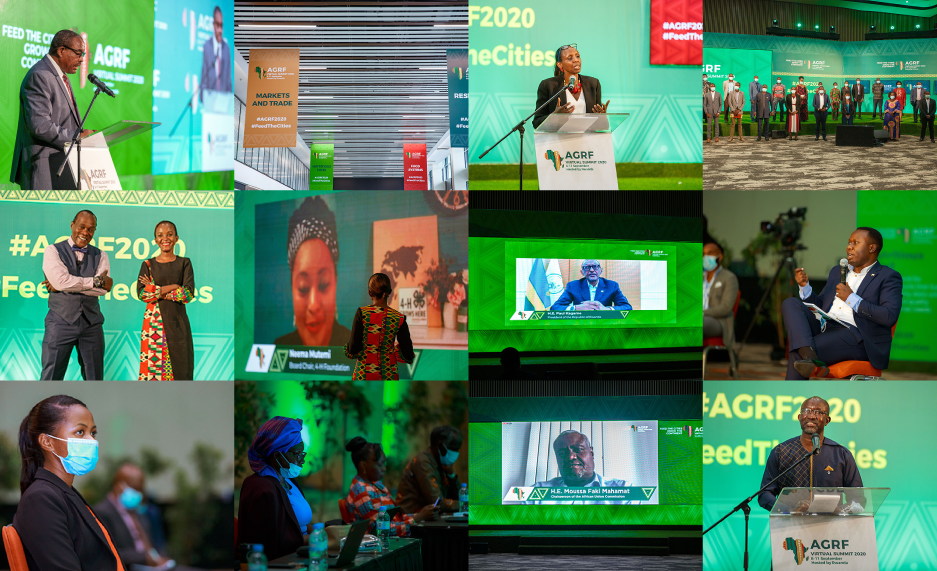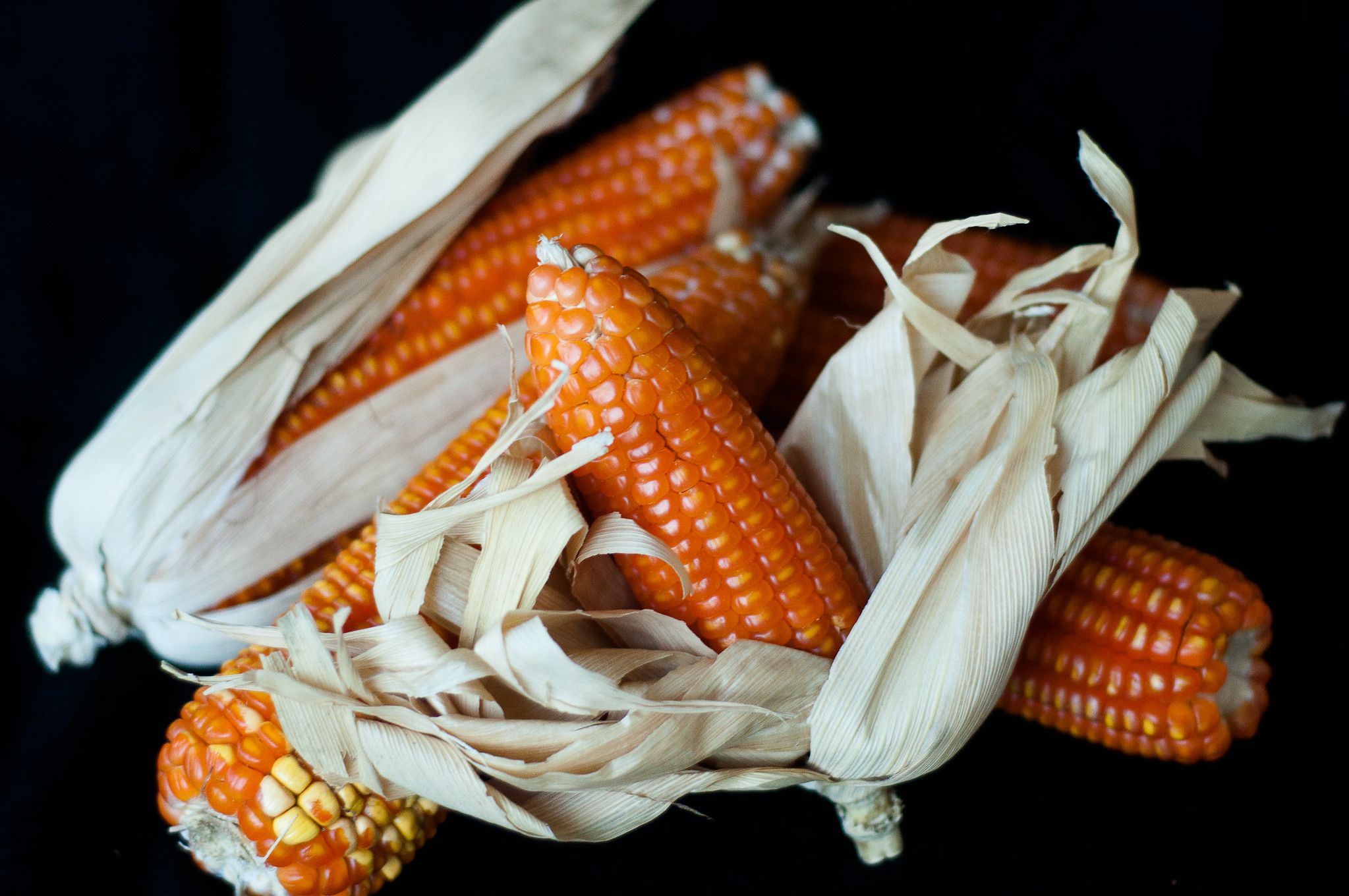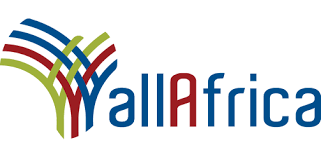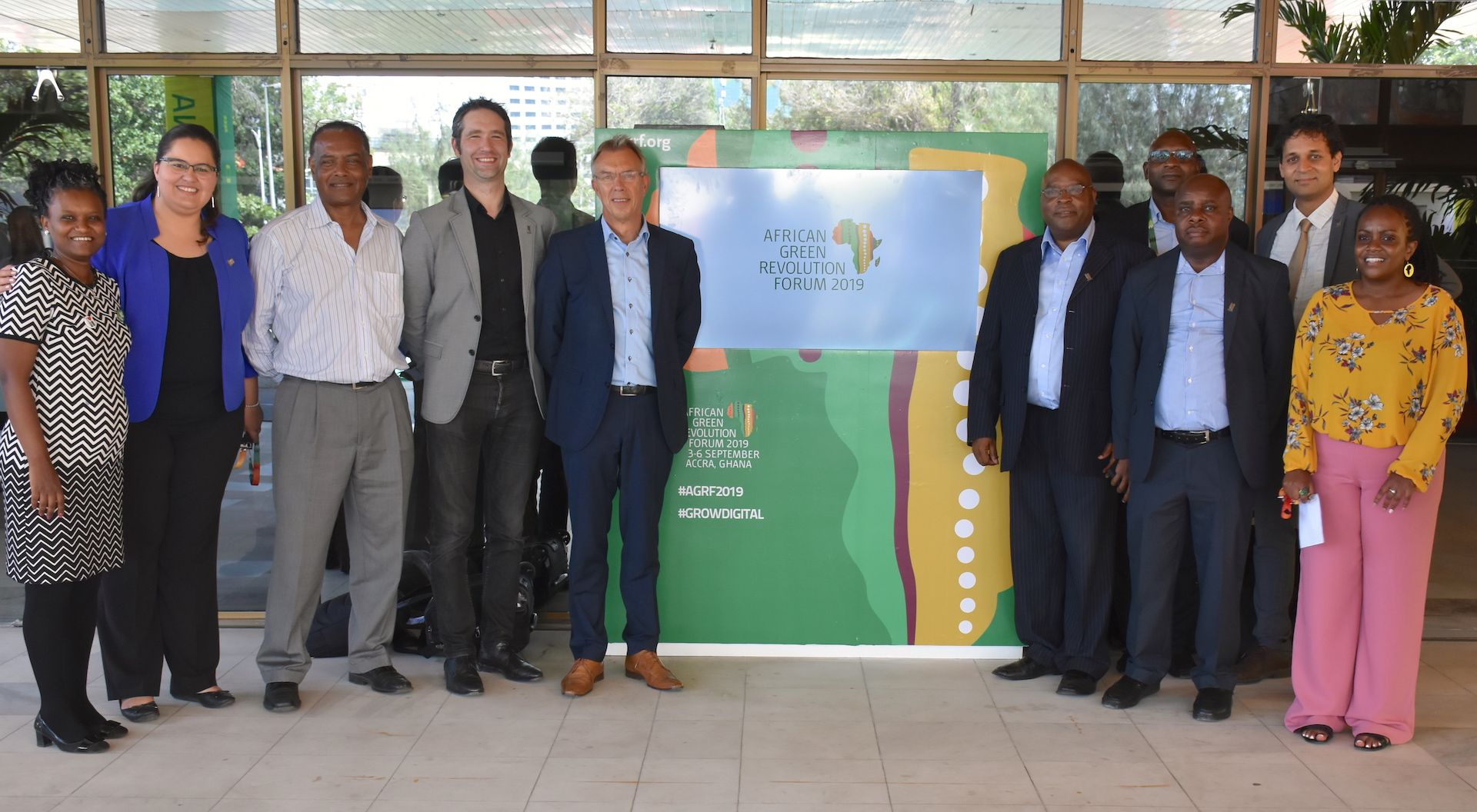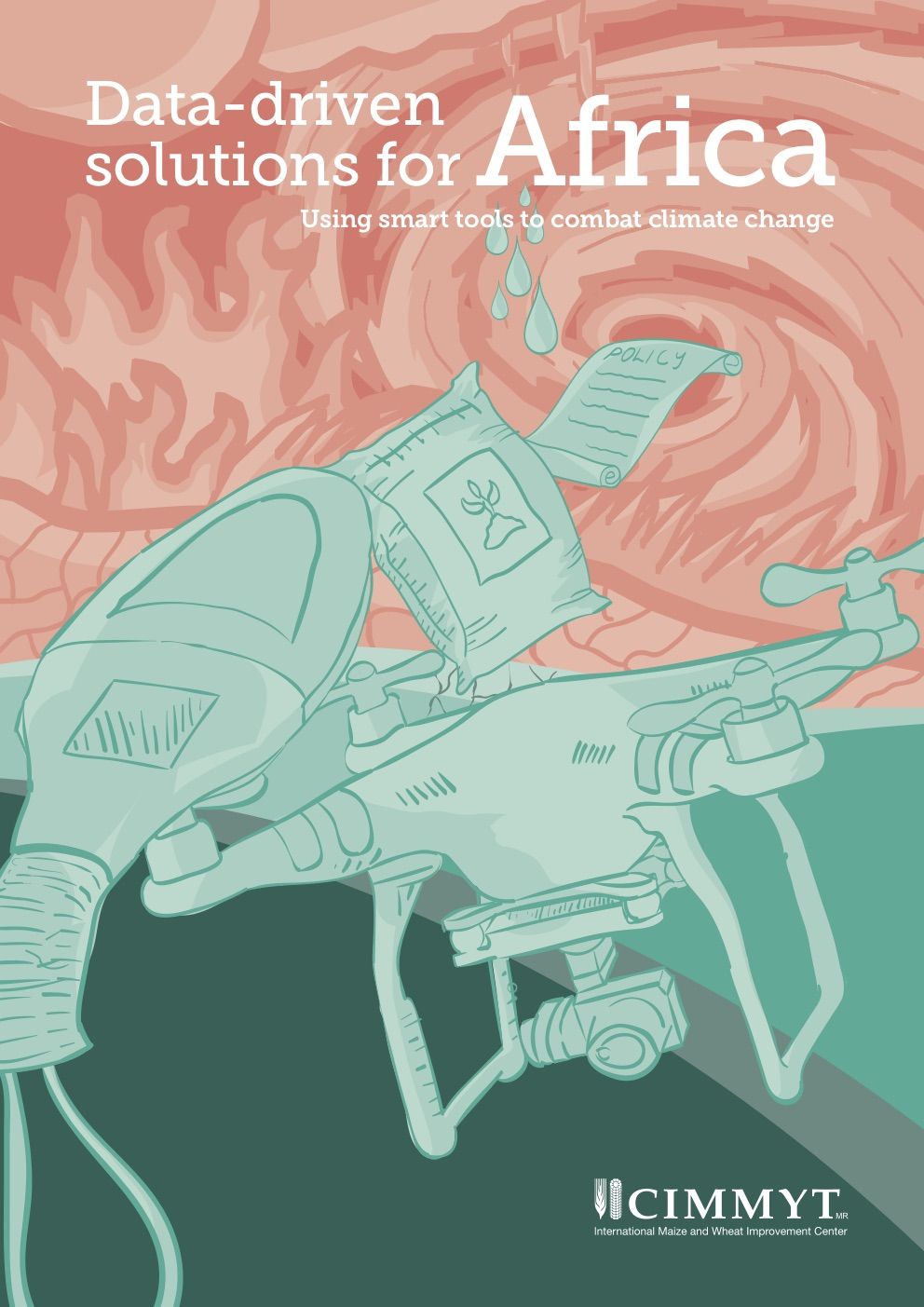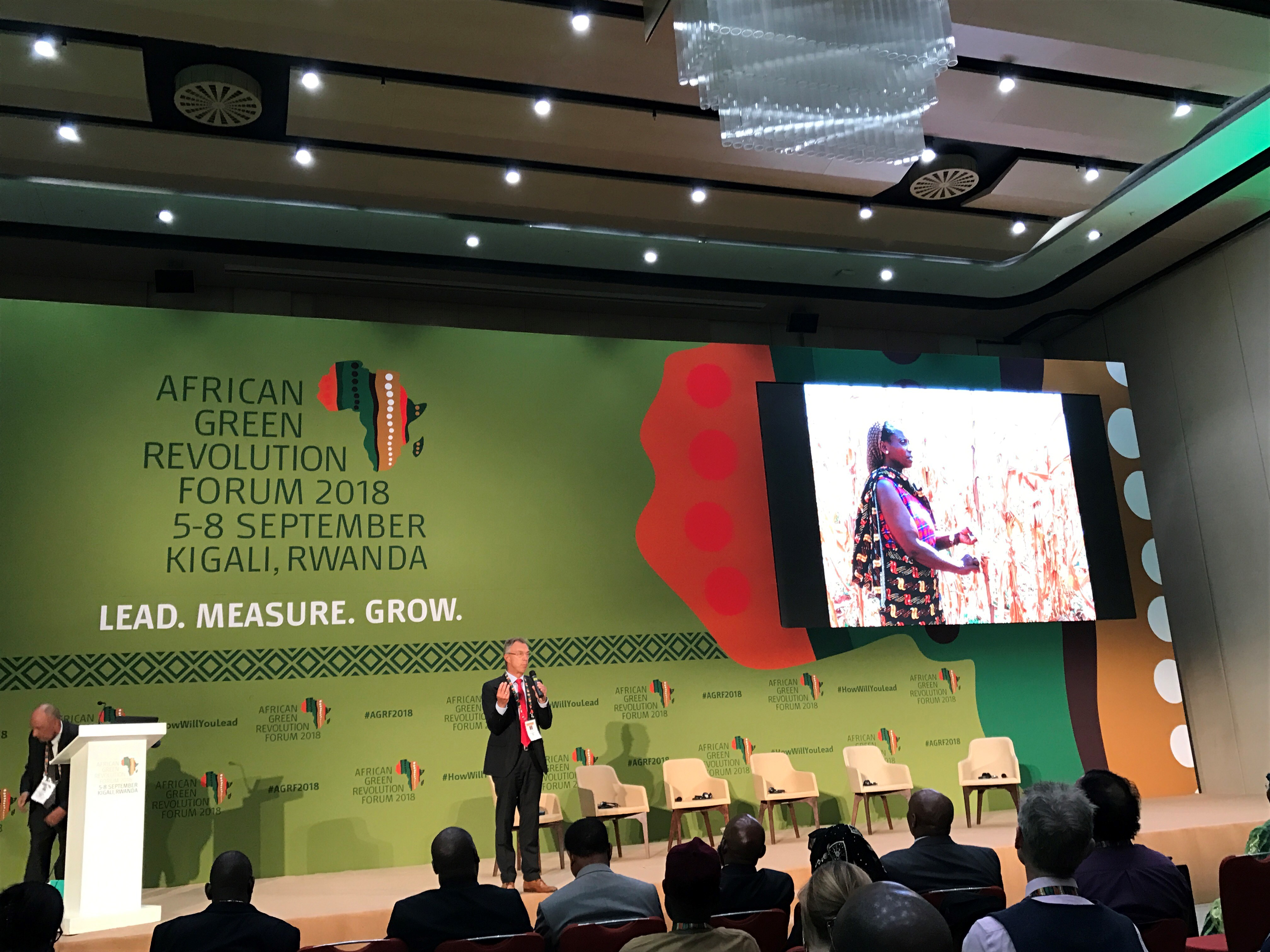Tangible agricultural solutions shine at first online AGRF
For ten years now, the African Green Revolution Forum (AGRF) has been an unmissable event. Every September, the premier forum for African agriculture has brought people together to share experiences about transforming agriculture, raising productivity for farmers and increasing incomes.
The theme of the 2020 summit — Feed the Cities, Grow the Continent: Leveraging Urban Food Markets to Achieve Sustainable Food Systems in Africa — was a call to action to rethink our food systems to make them more resilient and deliver better nourishment and prosperity for all.
This year, the summit went virtual. Delegates could not mingle, visit booths and network over lunch, but attendance reached new heights. Over 10,400 delegates from 113 countries participated in this edition of the AGRF, compared to 2,300 delegates last year.
As in the previous years, CGIAR centers, including the International Maize and Wheat Improvement Center (CIMMYT), maintained an active presence among speakers and attendees.
With over 50 projects and hundreds of staff based across nine countries, Africa holds a significant position in CIMMYT’s research agenda. CIMMYT’s work in Africa helps farmers access new maize and wheat system-based technologies, information and markets, raising incomes and enhancing crop resilience to drought and climate change. CIMMYT sets priorities in consultation with ministries of agriculture, seed companies, farming communities and other stakeholders in the maize and wheat value chains.
Striving for excellence
CGIAR leveraged AGRF 2020’s highly diversified and international audience to launch the Excellence in Agronomy 2030 initiative (EiA 2030) on September 7, 2020. EiA’s impressive group of experts plans to hit the ground running in 2020 and work toward speeding up progress in tailoring and delivering nutrients and other agronomic solutions to smallholder farmers in Africa and other regions.
“Across agricultural production systems, low crop yields and inadequate incomes from agriculture are the rule rather than the exception,” said Martin Kropff, Director General of CIMMYT and Chair of One CGIAR Transition Advisory Group (TAG) 2 on Research. “At the same time, the ‘asks’ of agriculture have evolved beyond food security. They now include a broader range of Sustainable Development Goals, such as sustainable land management, climate change mitigation, provision of heathy diets, and inclusive economic growth. None of these goals will be achieved without the large-scale adoption of improved and adapted agronomic practices. To this end, we have initiated the creation of a CGIAR-wide EiA 2030 initiative aiming at reducing yield and efficiency gaps for major crops at scale.”
EiA 2030 is funded by the Bill & Melinda Gates Foundation, supported by the Big Data Platform and co-created by AfricaRice, CIAT, CIMMYT, CIP, ICARDA, ICRAF, ICRISAT, IITA and IRRI.
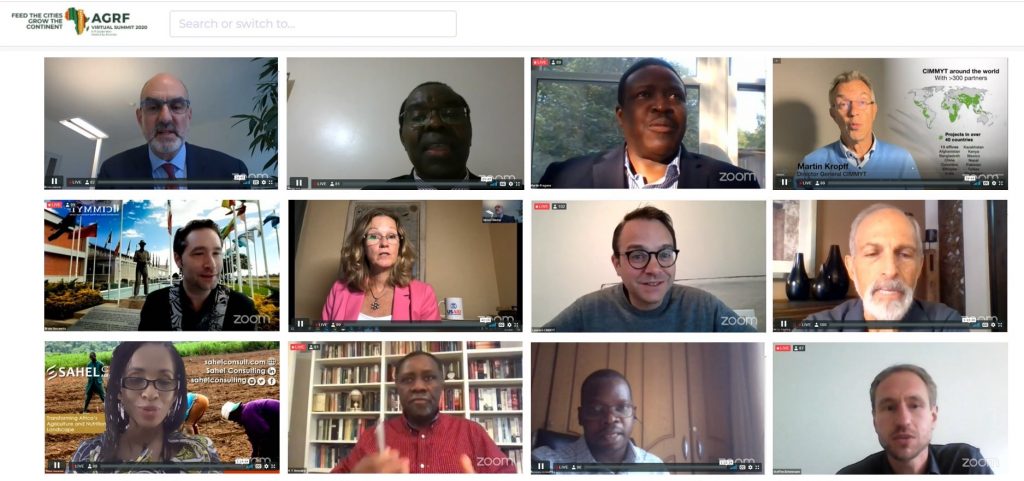
Scaling agriculture beyond numbers
On September 7, 2020, a group of experts, including Lennart Woltering, Scaling Catalyst at CIMMYT and chair of the Agriculture and Rural Development (ARD) working group of the Community of Practice on Scaling, gathered to explore how organizations are supporting scaling food systems in a post-COVID-19 world.
As Martin Kropff mentioned in a video address, One CGIAR aims to deliver on its commitments by building on its experience with pioneering integrated development projects, such as CSISA, CIALCA and AVISA. “One CGIAR plans to be actively involved and help partners to scale by delivering on five One CGIAR impact areas at the regional level. How? By taking integrated regional programs from strategic planning to tactical implementation in three steps: strategic multi-stakeholder demand-driven planning process, tactical plan development based on the integration of production and demand, and implementation of multi-stakeholder innovation hubs. An integrated regional approach will deliver at scale,” Kropff said.
“CIMMYT has developed different scenarios regarding what agri-food systems will look like in 2025 with the COVID-19 shock. Whatever may unfold, integrated systems are key,” highlighted Bram Govaerts, Director of the Integrated Development Program and one of CIMMYT’s interim Deputy Directors General for Research, during the session.
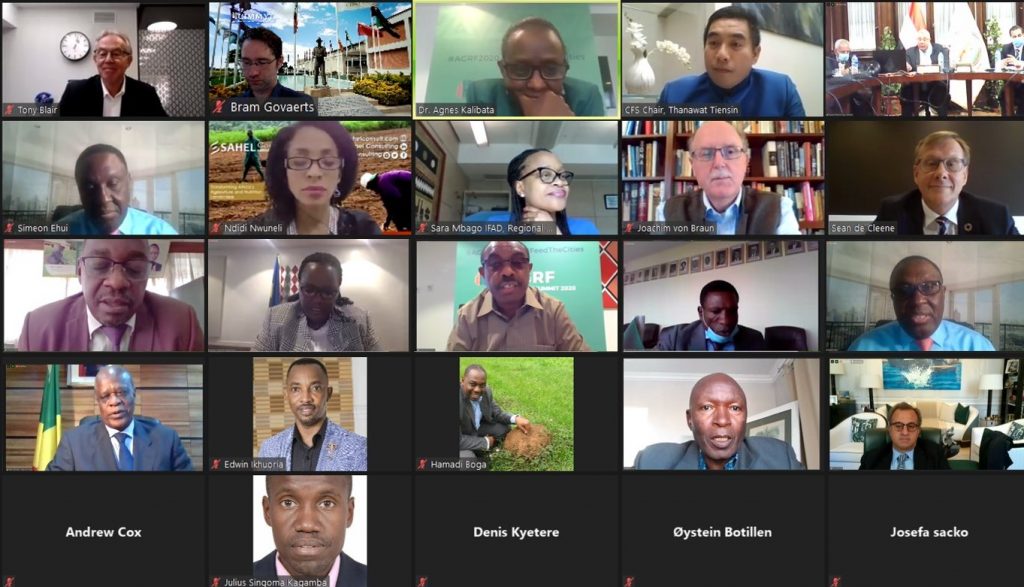
Putting healthy diets on the roundtable
Later in the week, CIMMYT experts took part in two key events for the development of Africa’s agriculture. Govaerts stepped in for Kropff during the High-Level Ministerial Roundtable, where regional leaders and partners discussed reaching agricultural self-sufficiency to increase the region’s resilience toward shocks such as the ongoing pandemic.
At the Advancing Gender and Nutrition policy forum, Natalia Palacios, Maize Quality Specialist, spoke about engaging nutritionally vulnerable urban consumers. Palacios echoed the other speakers’ calls for transforming agri-food systems and pointed out that cereals and effective public-private partnerships are the backbone of nutritionally vulnerable and poor urban customers’ diets.
According to the Food and Agriculture Organization of the UN, in 30 years, the population of Africa is projected to double to a number as high as 2.7 billion, from 1.34 billion in 2020. Considering only the projected population, by 2050 Africa will have to supply 112.4 to 133.1 million tons of wheat and 106.5 to 126.1 million tons of maize to ensure food security of the burgeoning population. “We are living in a very challenging time because we need to provide affordable, nutritious diets — within planetary boundaries,” Palacios said.
Cover photo: Over 10,400 delegates from 113 countries participated in the 2020 edition of the African Green Revolution Forum. (Photo: AGRA)
